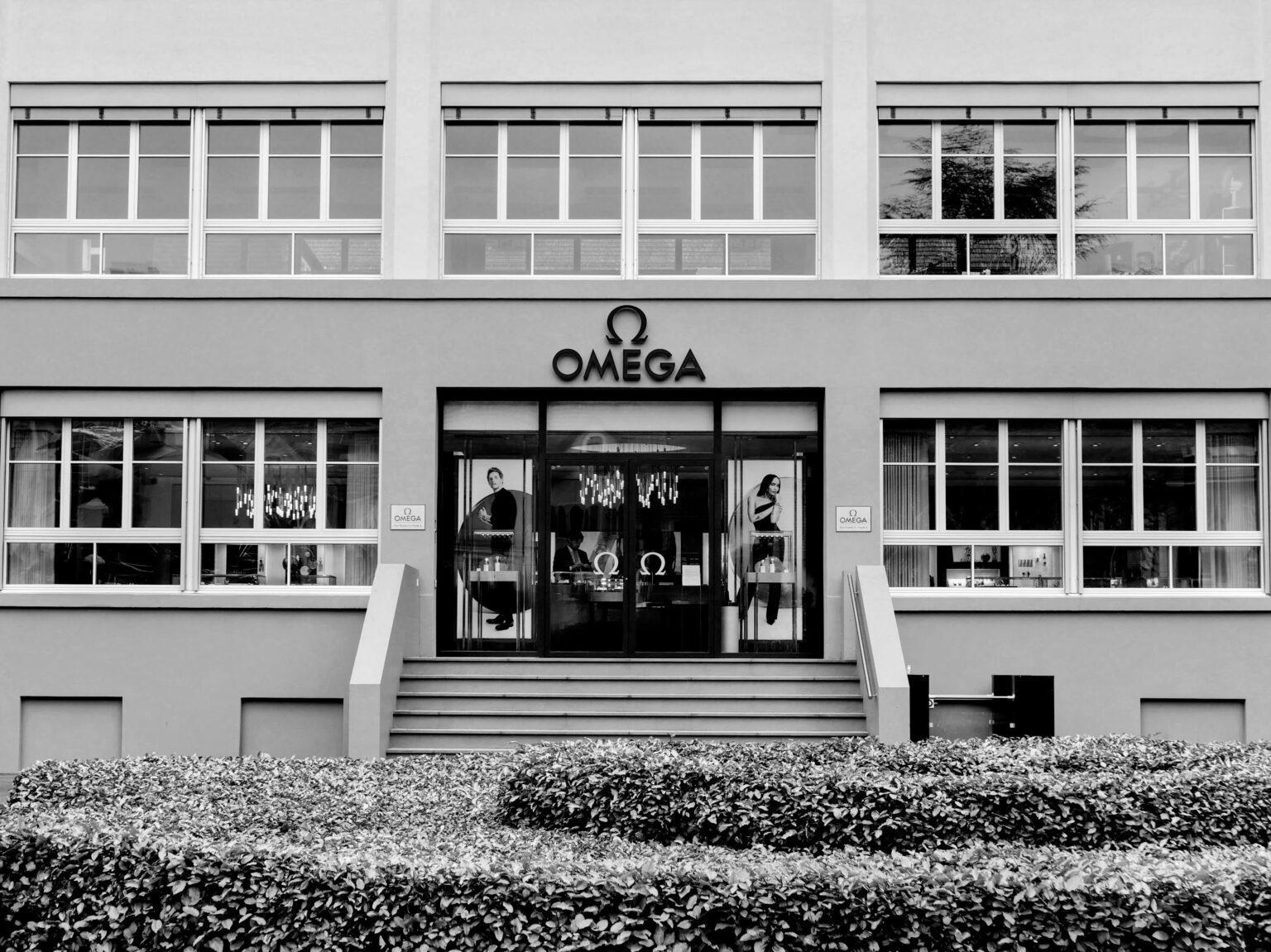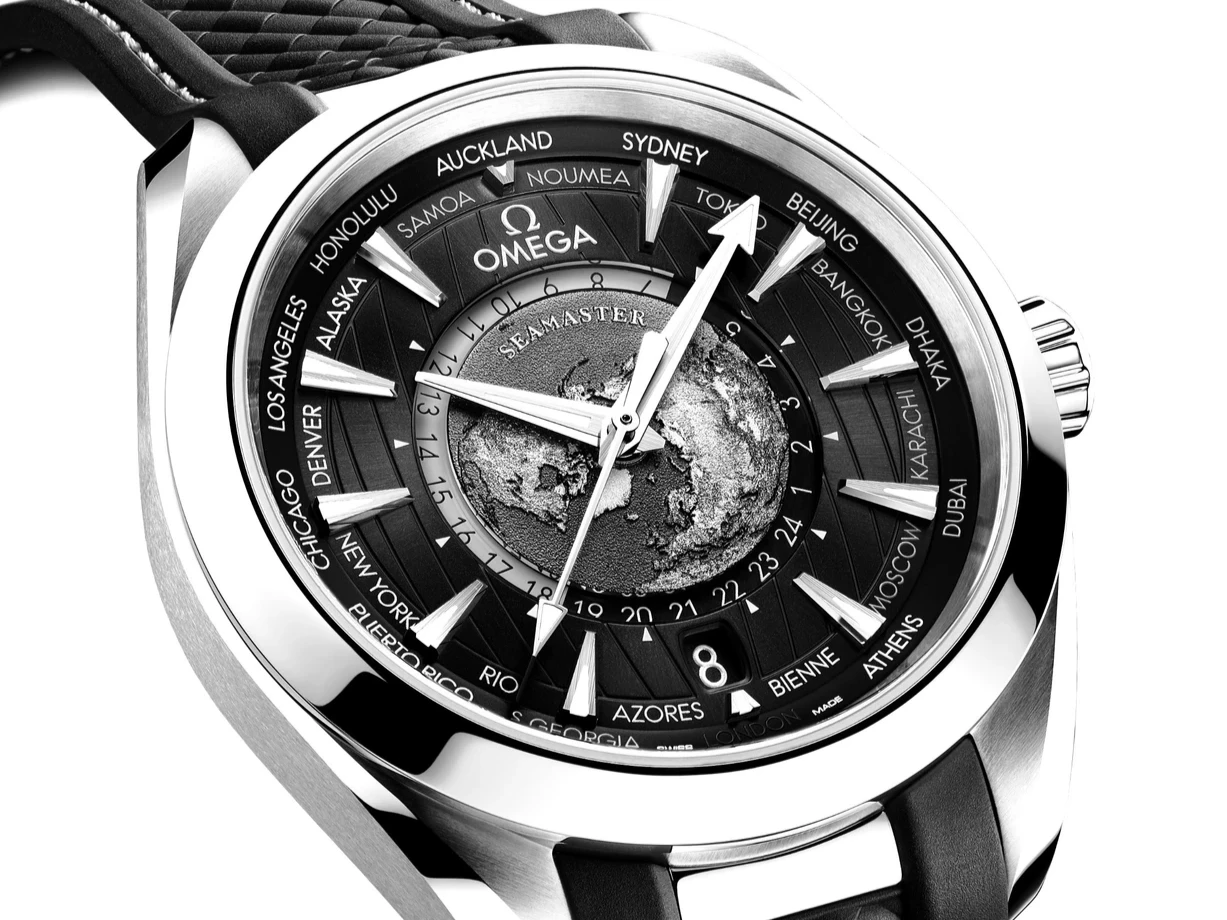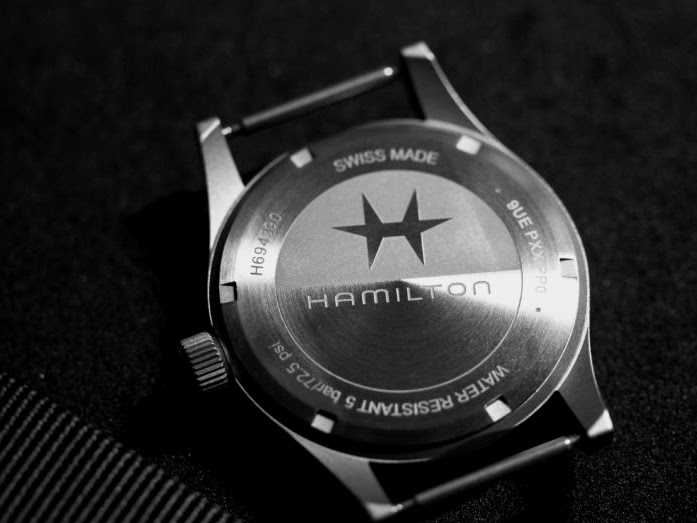
This year has seen Rolex release several open caseback watches, while Omega, earlier this week, celebrated the 75th anniversary of the Seamaster with a collection of closed caseback special editions. In both cases, pun intended, the opposite of what each brand had us used to over recent years.
Since the turn of the century, Rolex and Tudor aside, few major Swiss watch brands have resisted the urge to show most of their mechanical watch customers absolutely everything that’s going on inside their timepiece. By doing so, the owner not only has proof that it’s not quartz but also gets a glimpse into the fascinating, and potentially beautiful, world of mechanical watchmaking.

I absolutely agree that some watch movements are too good to be hidden: ones with particular constructions or decoration especially. This includes most pieces of high horology, as well as other movements with out of the ordinary architecture or finishing. I also respect that some owners will prefer to see the movement, even if there is nothing special about it.
What I regret is that the open caseback has become the norm to such a point that finding a mechanical watch with a closed caseback is now extremely difficult. I am not disputing here the intrinsic aesthetic interest of a watch movement. Rather, I am suggesting that, with a few exceptions, it is still better kept behind a piece of metal.
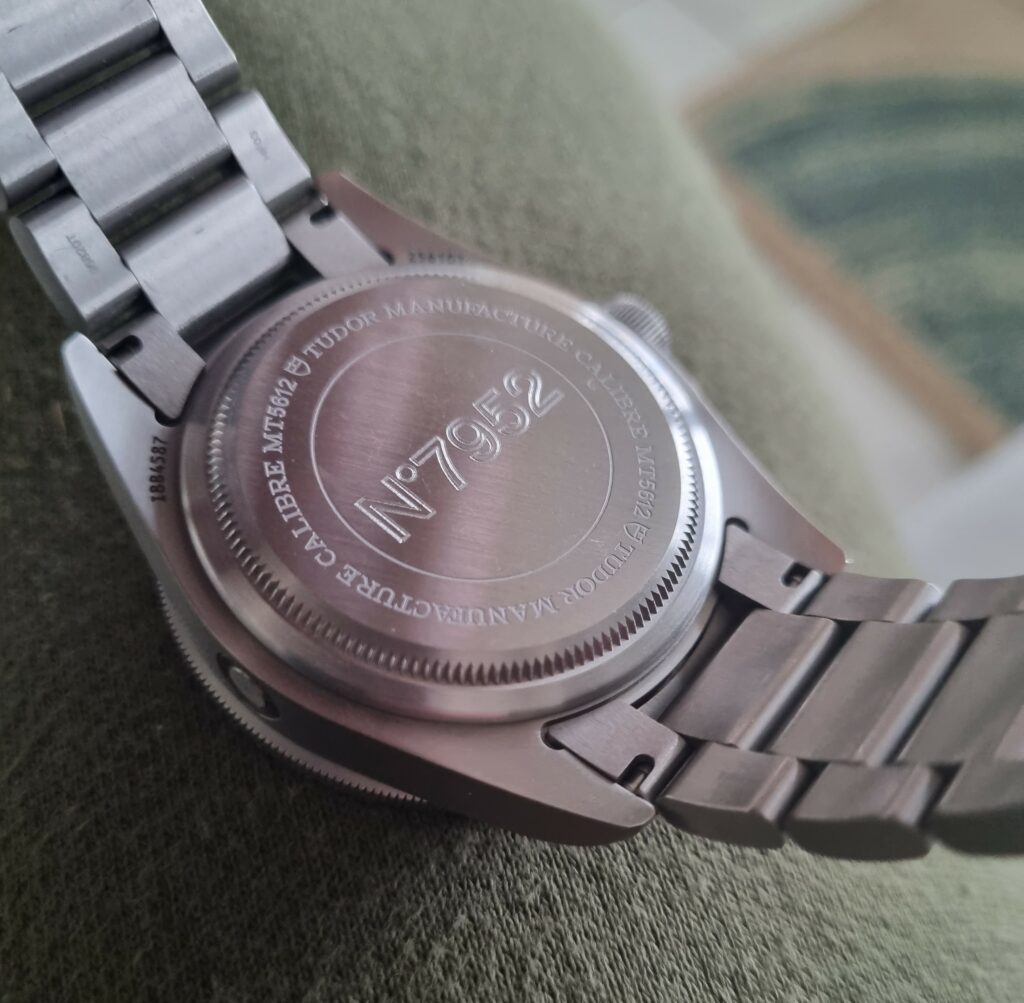
Less is More
From a pure design perspective, a solid caseback is the obvious minimalist, understated option. Especially when the caseback is not engraved, or only lightly so, the watch appears a lot less busy than with an open display. Even when the movement is aesthetically pleasing, there is a lot going on back there! When it’s shown, it makes the whole thing just a lot less zen.
The solid caseback focuses the attention on what the watch is designed for: telling time. It removes any distraction from this utility. While literally less transparent, it is in my view a more honest approach to the principles of watchmaking.
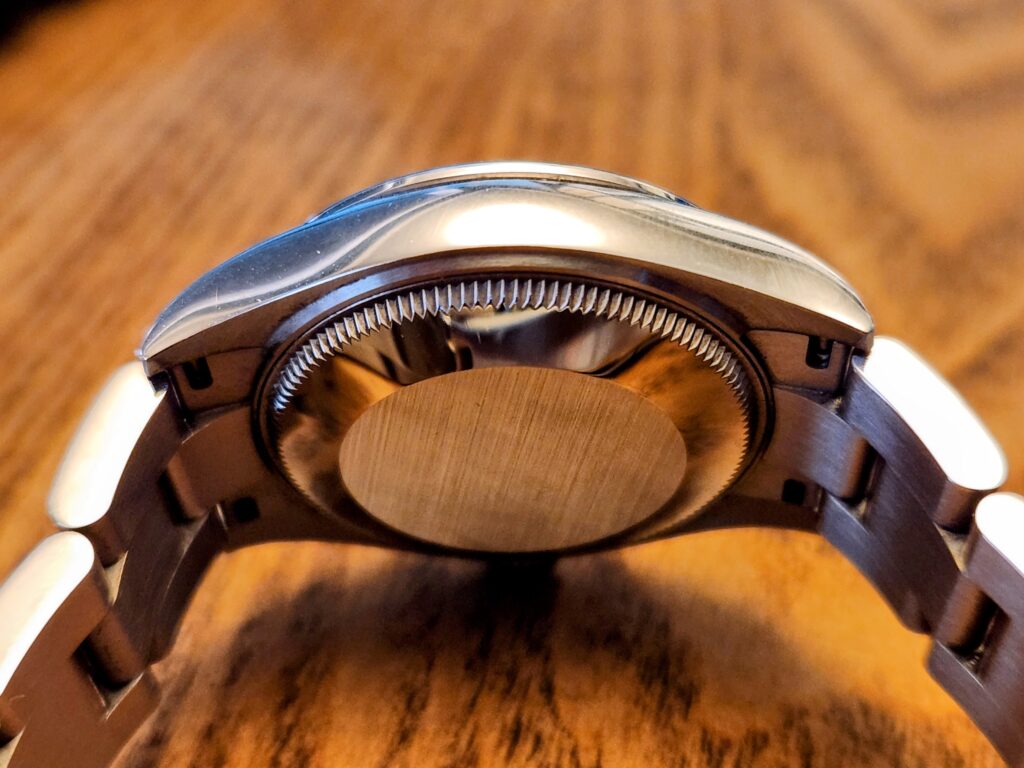
The Charm of Mystery
Seduction is often not in what is shown, but rather in what is hidden. There’s a reason Victoria’s Secret is not called Victoria’s Show-it-All! It’s great to know there is an immensely complex, well finished, mechanical movement ticking inside a watch: but does that mean it needs to be exhibited?
Acknowledging and enjoying the mechanical movement inside a watch can be done in more subtle, and arguably more sensorial, ways than staring at it: winding it, listening to it, observing the seconds hand, feeling the rotor swing on the wrist. It’s not because you don’t see it that it doesn’t exist. On the contrary.
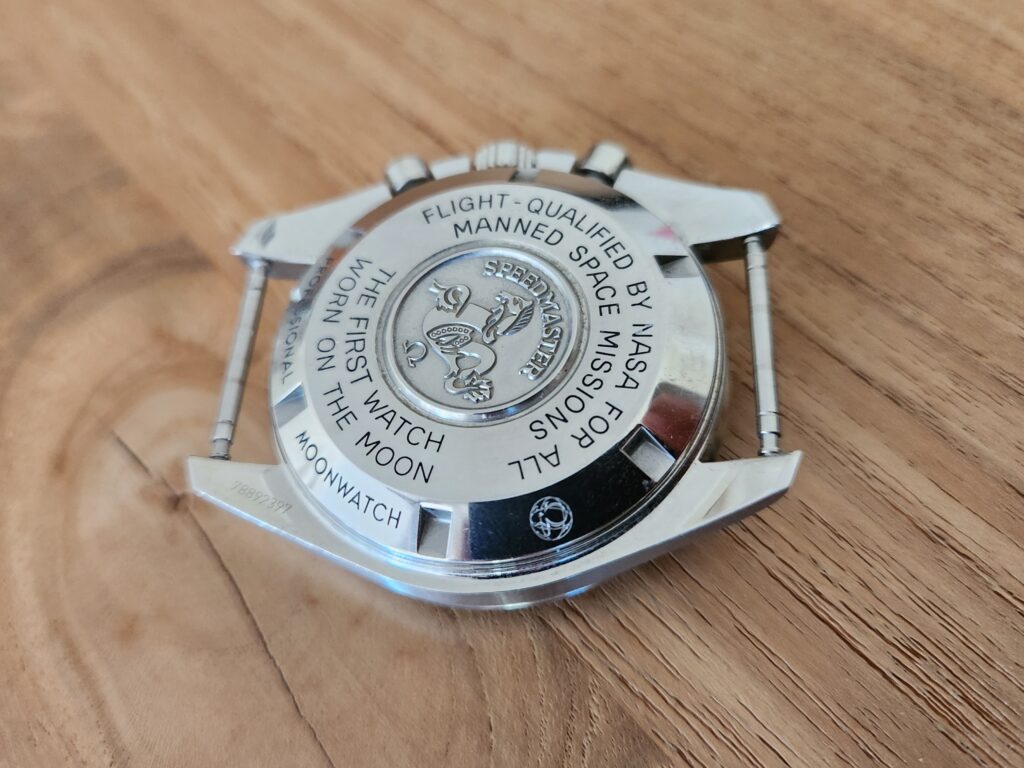
Engraving
Engraving is an obvious, and often mentioned, benefit of the solid caseback. Within it, there are two scenarios: when the engraving is done by the brand, and when it’s done by the customer.
Some brands or models leave very little to no room for personal engraving. Omega’s Moonwatch is a case in point, especially the latest variant with an even text-heavier caseback. Personally, I don’t mind and can even enjoy brand-engraved casebacks when thoughtfully and tastefully done. Sure, it’s still more “noisy” than a blank slate, but a lot less distracting than seeing the movement.
Finally, there is the fully “engravable” caseback. Rolex and Tudor are the perfect examples here, as were many more watch brands in the past. This is not only my preference in terms of sipirit and aesthetics, as discussed above, but the additional possibility of making the watch truly unique to its owner is a huge bonus, in particular when the watch was gifted for a meaningful occasion. In the example below, some light engraving from the brand can also leave enough space for personalization.
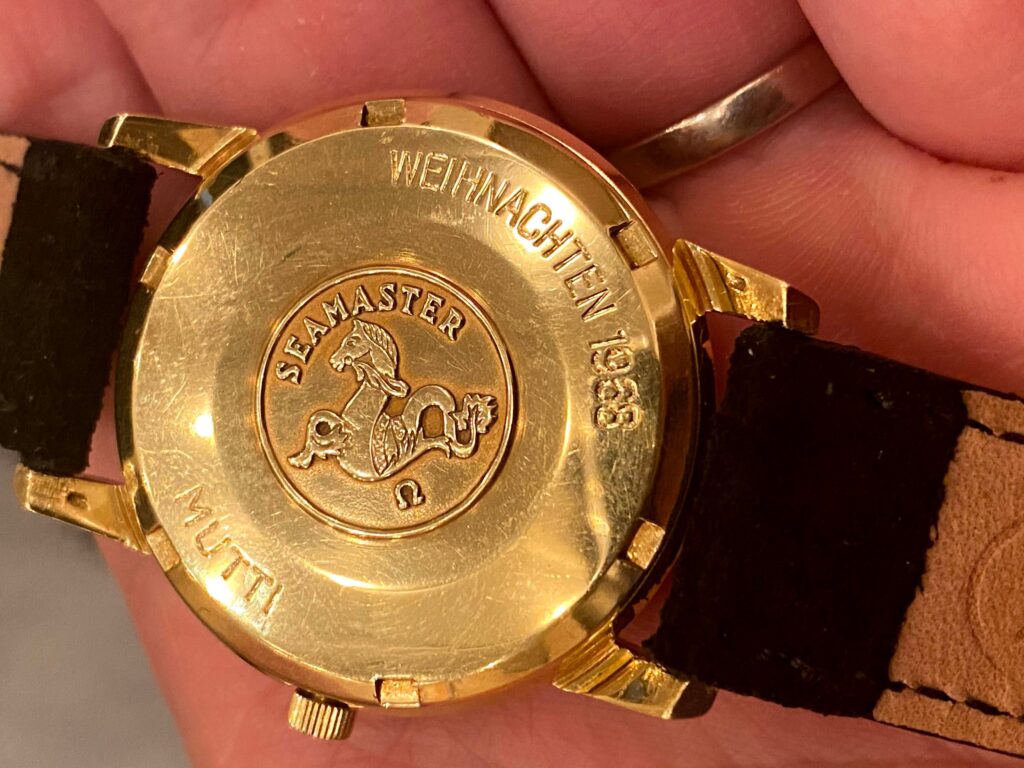
Conclusion
Dear watch brands: I totally respect that you’re proud of your achievements, especially when the movement is in-house. And I understand you want to please customers, who express interest in seeing the inner works. But because of the many reasons to keep it all elegantly disclosed, I hope that in the future, you will give those of us who prefer the traditional approach more options to choose from.


